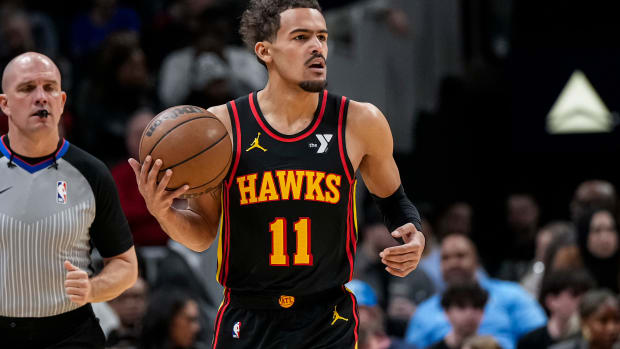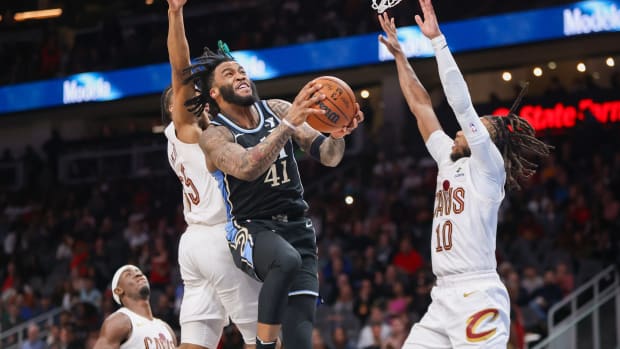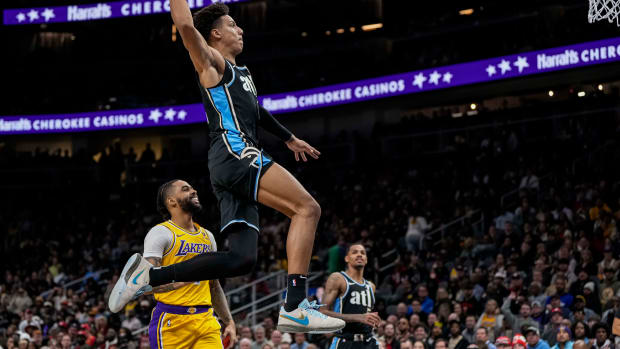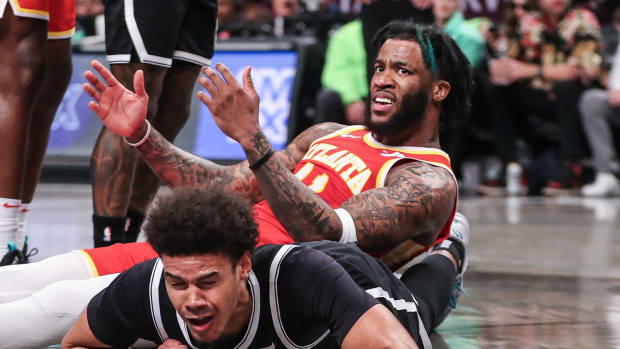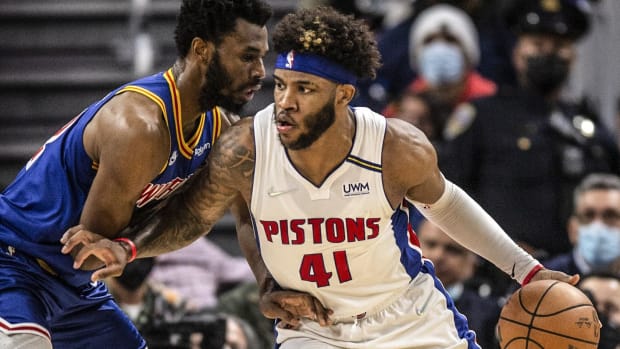Hawks Player Preview: Alex Len
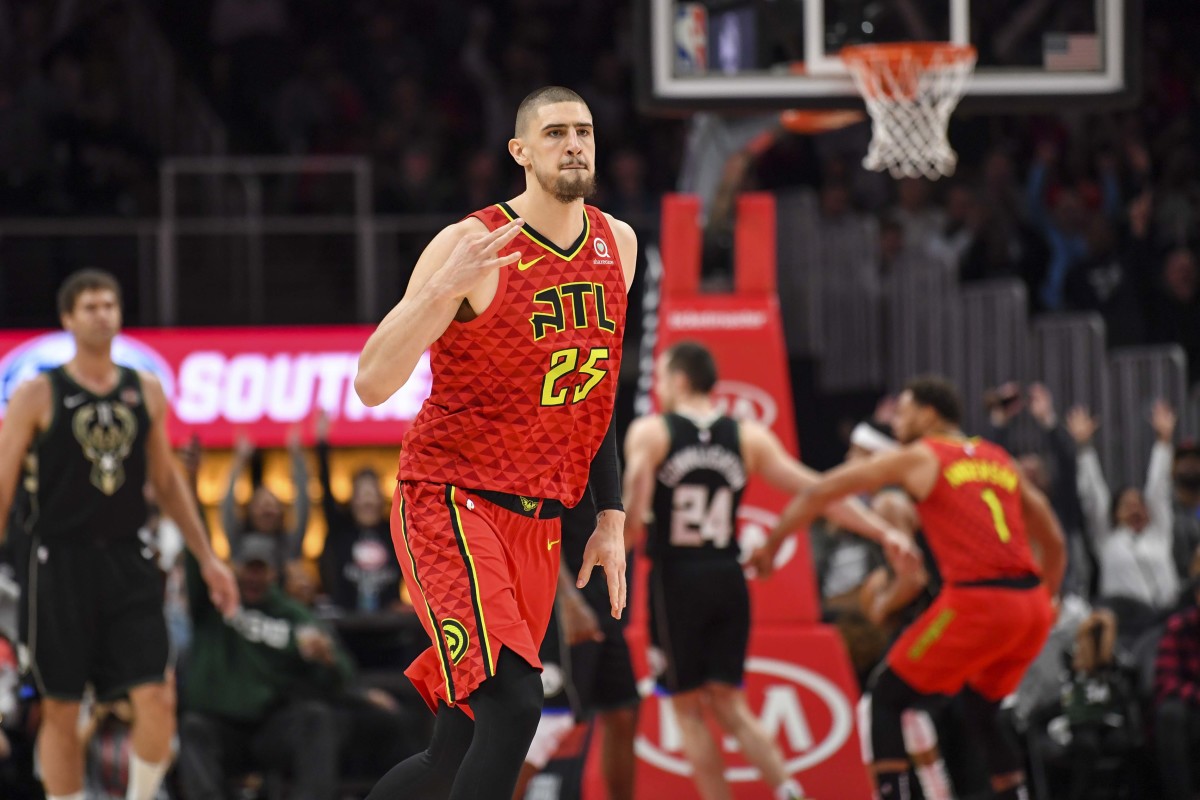
Save for the most indomitable players, surviving in the modern NBA is a matter of reinvention. The league’s trends and terms have shifted – faster, perhaps, than ever before – over the last five years, and those unable to adapt are often left behind. Alex Len nearly was. Drafted with the fifth overall pick in 2013 – just before the analytically-charged pace-and-space explosion – Len played a retrograde genre of center as the league sprinted in the opposite direction, and his career never really lifted off. Skill, mobility, or both became a requirement for big men, and Len would have to adapt and find a new role within that climate.
Change began in earnest in 2018, when Len scrapped much of his post diet for rim-running. Last year, he underwent more extreme modernization by jacking 204 three-pointers – 179 more than he attempted in his first five seasons combined. He cut the percentage of his shots from long mid-range from 23 percent in 2016 to just three percent three years later. Post-ups accounted for nearly 30 percent of Len’s touches in 2016 (the first year NBA.com tracking data is available) and just 11 percent last season. Both marks were team-highs, only Len was far more efficient both in the post and overall in 2019. When working from the block is the central appeal of a player’s style, he likely isn’t offering much value. But when he can use that skill intermittently as part of a more diverse game – punishing switches, establishing position in semi-transition – it becomes a rather useful changeup.
It helps that Len plays in a system than encourages experimentation and creativity. The broad strokes of a top-down rebuild should be meticulously planned and carefully executed, but the game-to-game process allows for more risk-taking leeway with relatively little at stake in the short term. A team can only learn what a player is capable of if they let him try things; if those experiments fail, they can simply mine for the next revelation. Len, as it turned out, was quite capable firing from beyond the arc, hitting 36 percent of his attempts and, more importantly, providing space for his teammates to operate.
If last year was a trial period for Len, this one will be an opportunity to sharpen what he learned. He could stand to improve his finishing at the rim and through contact, and while he did trim some of his least efficient shots from his diet, Len still struggled to convert the mid-range shots he did get. He must soften his hands if he intends to consistently capitalize on the looks Trae Young will create for him. Trips to the foul line are bound to fall off when a player ventures further from the hoop, but Len’s free-throw rate might be in line to improve. He’ll likely be the regular starter this year with Dewayne Dedmon – who essentially provided a better version of Len’s role last year – gone to Sacramento. That will allow him to benefit from playing with better talent, but it also means Len must produce against stiffer competition. He will have more riding on him defensively than perhaps he can handle, though his sheer mass and length make him a passable rim protector. He isn’t especially mobile, but Atlanta won’t ask him to venture out to the perimeter very often.
Len is several years older than Young, John Collins, and the rest of the Hawks’ core, but he’s still just 26 years old. While it’s unlikely he remains a central part of this team beyond the next year or two, Len may be worth taking on for another team seeking shooting and defense in the frontcourt. As for now, he can help point Atlanta in the right direction while shaping himself into something only necessity could breed.

